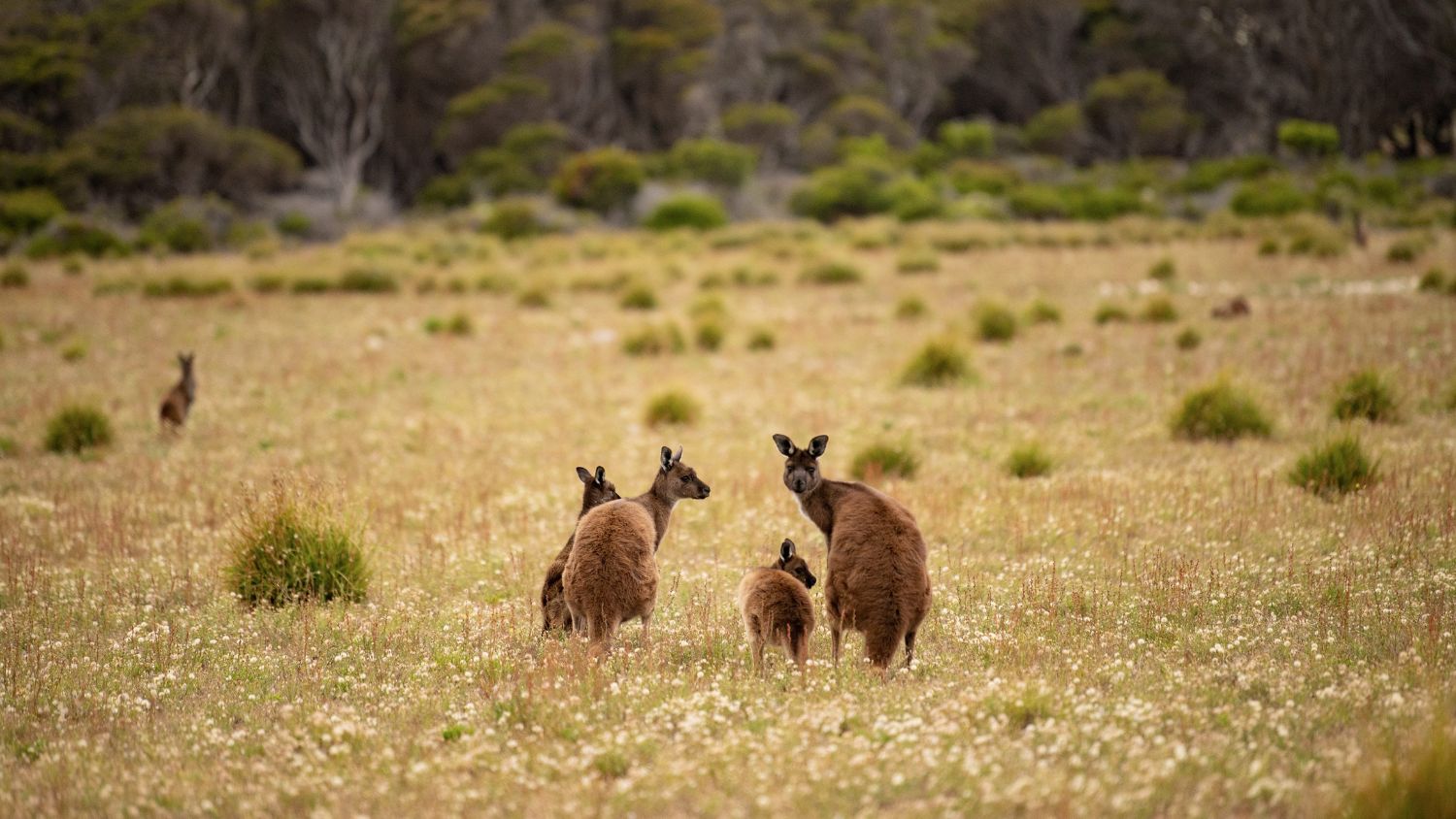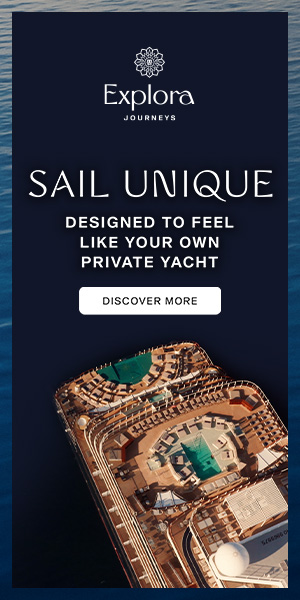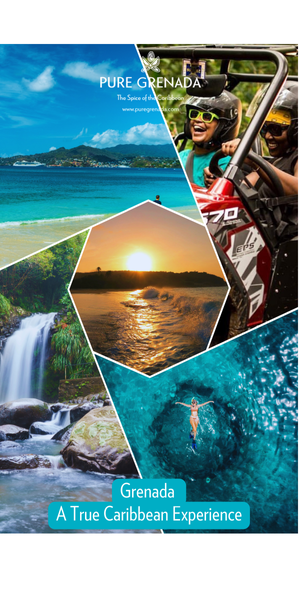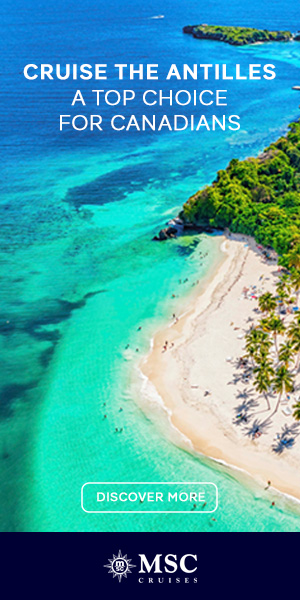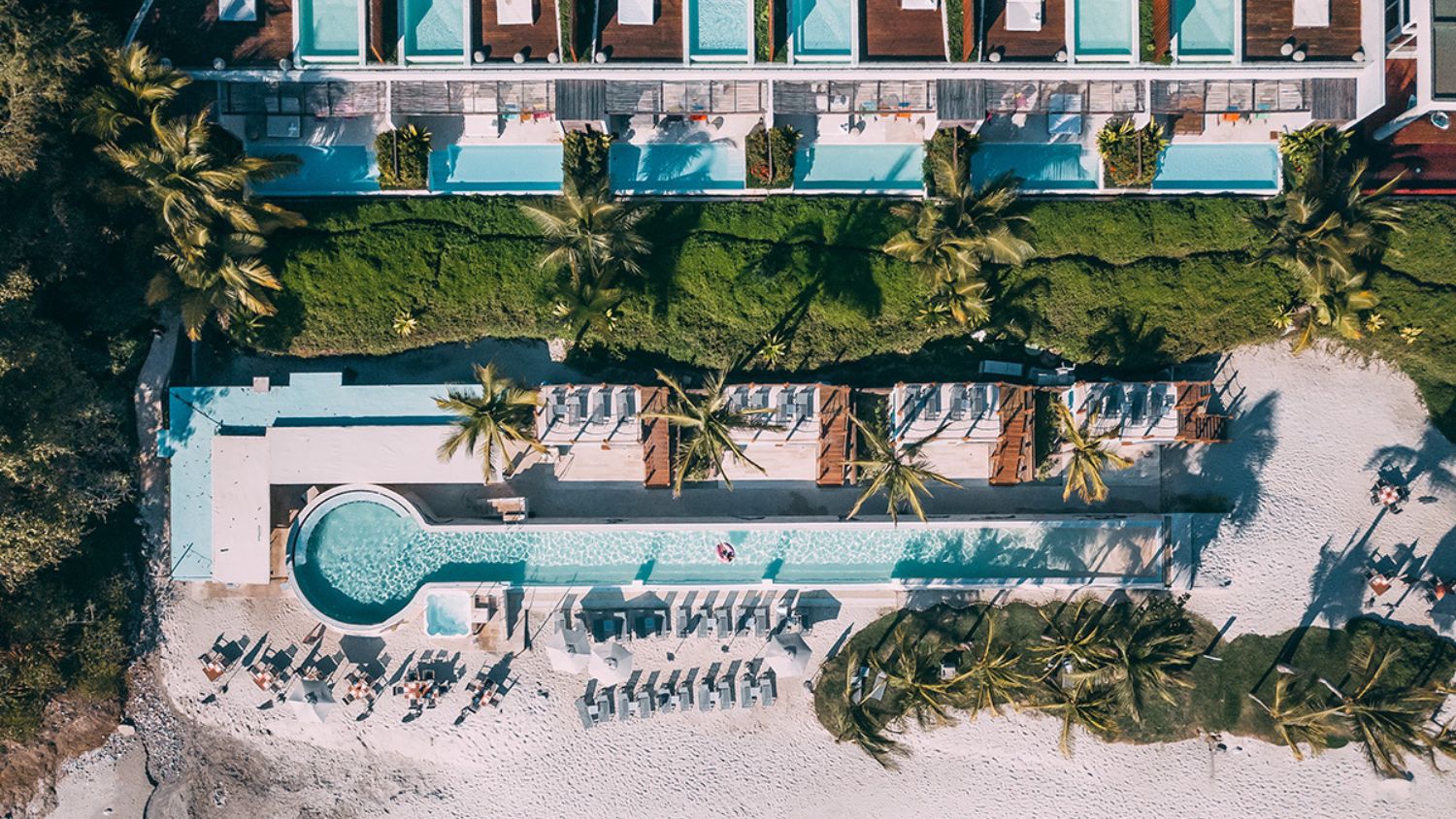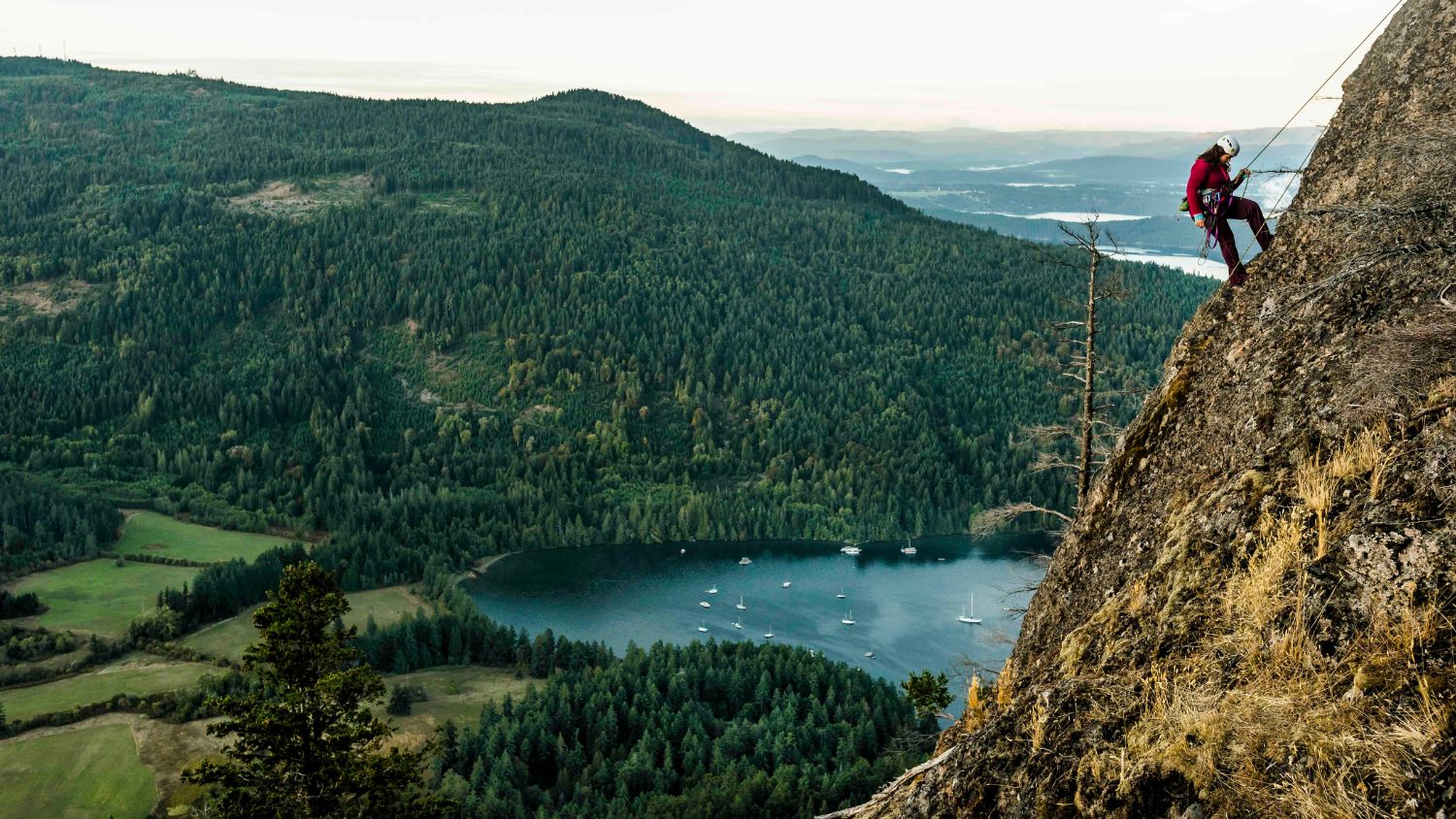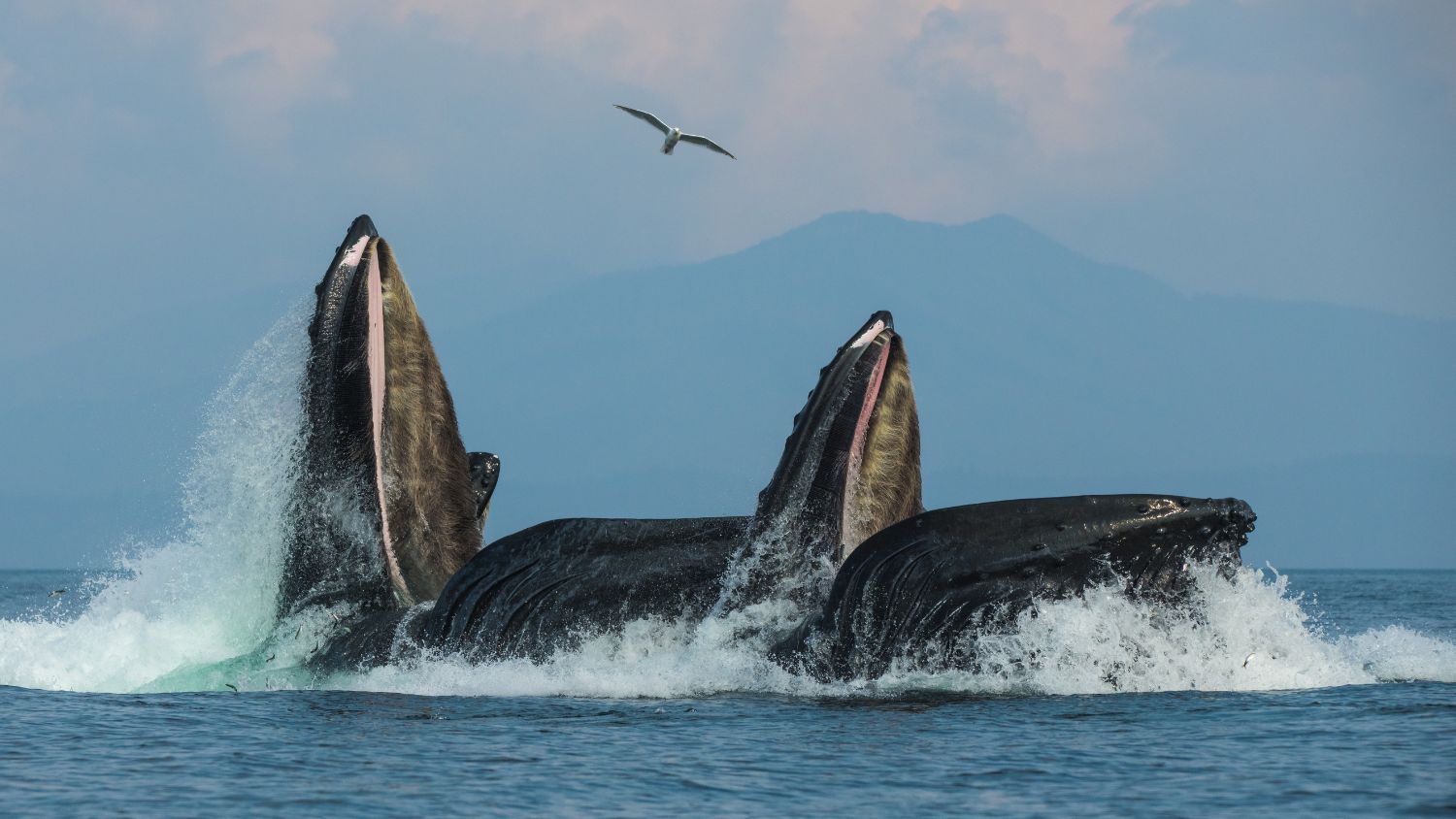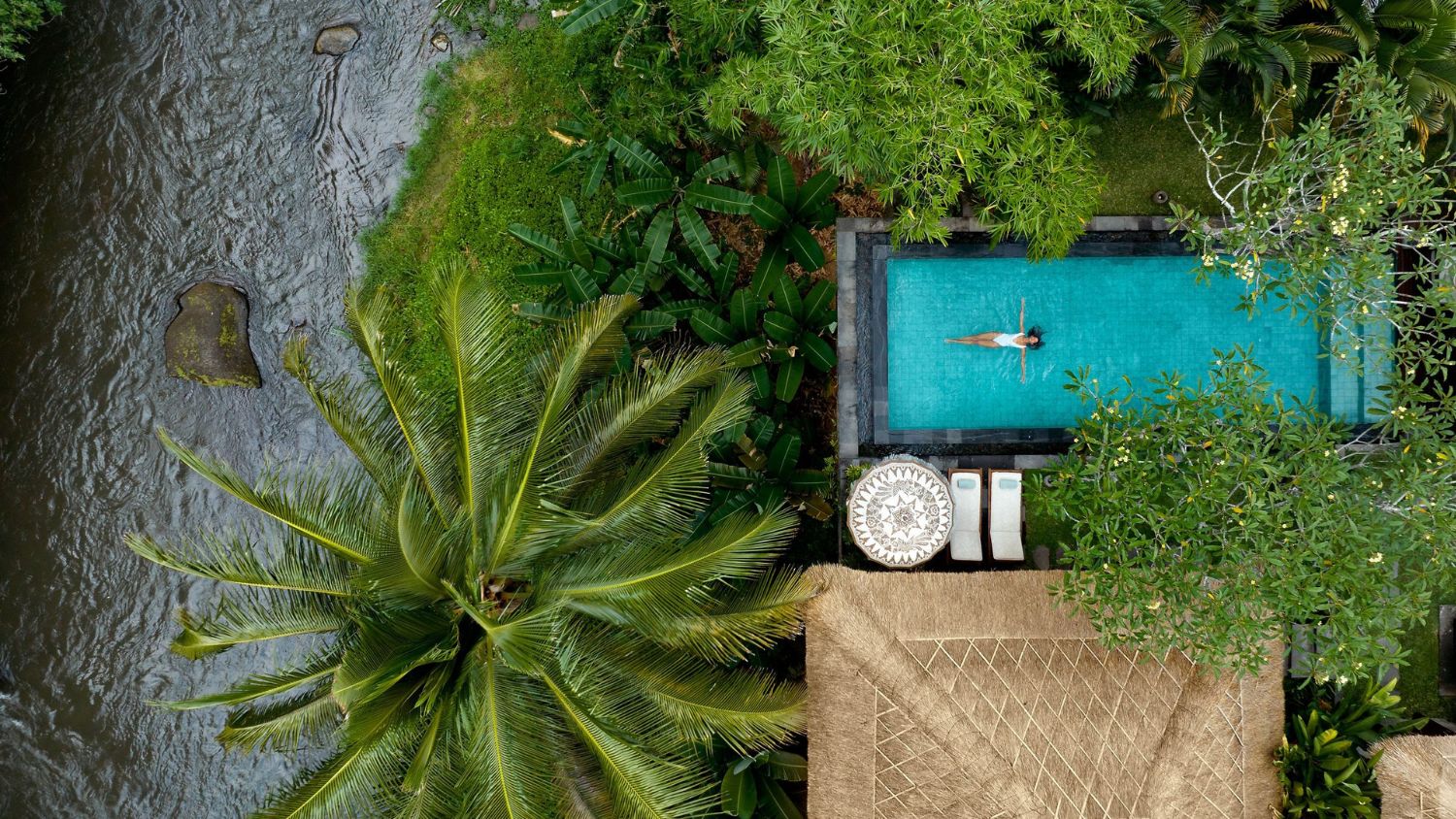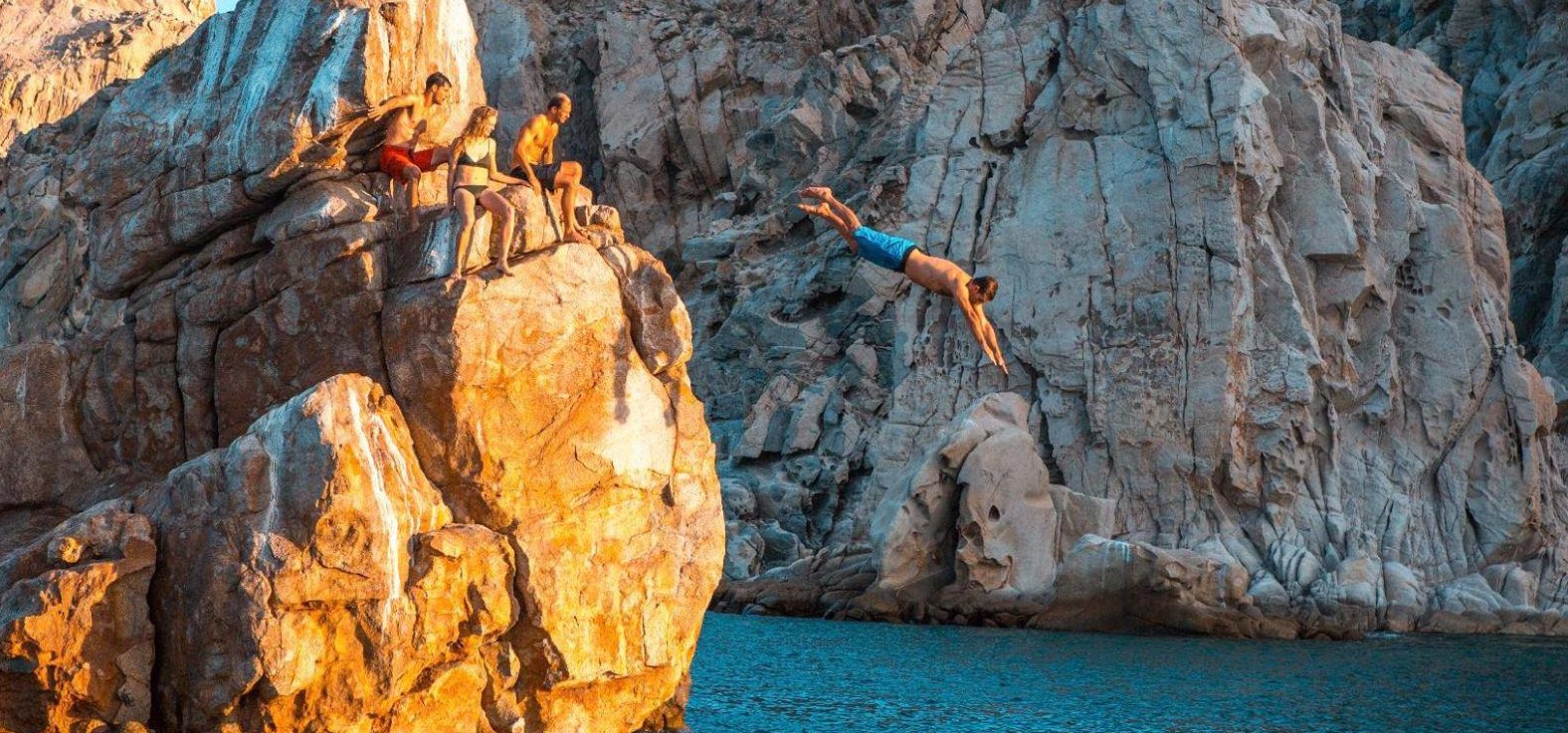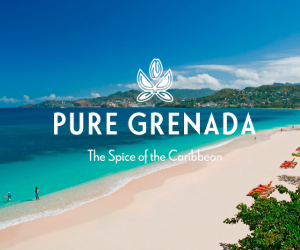When a representative from Exceptional Kangaroo Island tours comes to pick me up from the island’s tiny Kingscote airport, he certainly looks the part. He is tall and broad, wearing a pair of faded jeans and a wide-brimmed hat that conjured up images of crouching behind scrub on a wide-open savannah in anticipation of watching a pod of wallabies hop by.
As it turns out, that’s pretty much the plan. Kangaroo Island, located just off the coast from Adelaide, in the Great Australian Bight, has long been known for spectacular natural beauty. With wildly diverse topography—from dramatic cliffs that plunge into bright blue water and grassy savannahs to massive limestone caves—the island feels both exotic and enticing. There’s also an abundance of amazing wildlife, from kangaroos to sea lions and spiky little echidnas. Shortly into my visit, I glanced up at a tree in a eucalyptus forest and glimpsed a fluffy koala bear dozing in the midday heat.
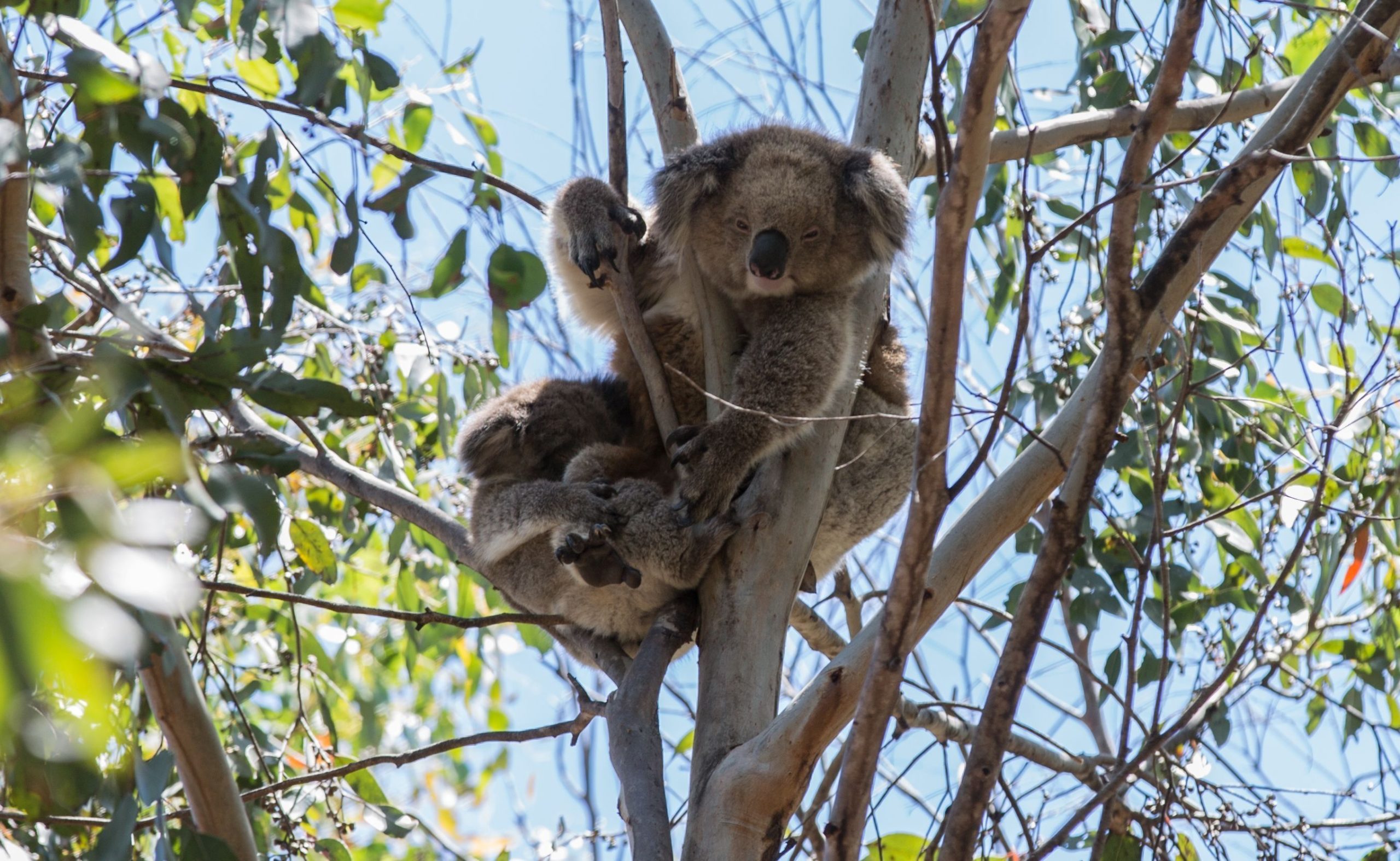
Koalas on Kangaroo Island spend up to 20 hours a day sleeping and only eat a few select eucalyptus leaves. Photo: Tourism Australia
But Kangaroo Island is starting to develop a different reputation, thanks to the remarkable—and growing—local food scene, where you can tour a sheep farm before sampling their exquisite cheeses, or wade into the clear waters before shucking a perfect oyster. Over the course of my 48-hour stay, I am shown the best of the island through wildlife spotting and gourmet sampling.
Our first stop is Clifford Honey, a beekeeping business with a proud family history spanning more than 20 years. I meet Sharon Simons, the founder’s daughter, who explains that her father initially kept Ligurian bees (found only in Italy and on Kangaroo Island) as a hobby, which later grew into a business.
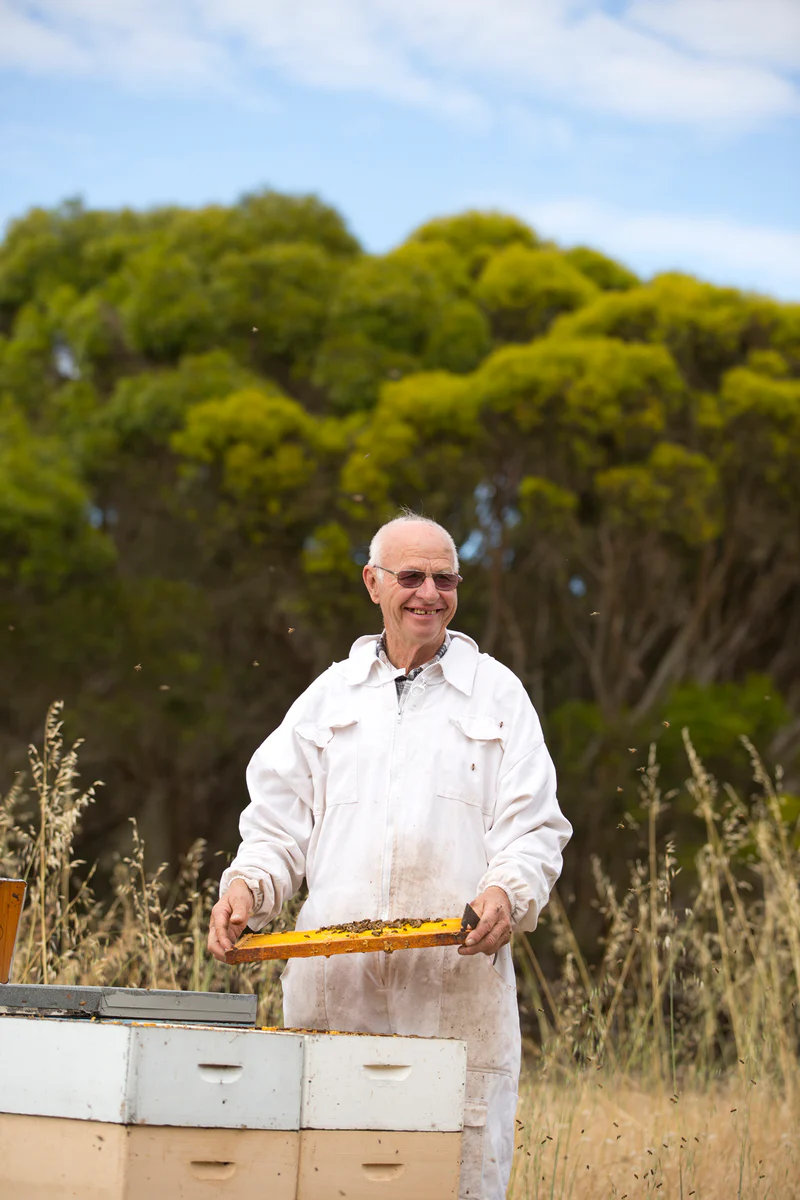
Dave Clifford began with just a few hives in 1973, later expanding the honey business with his wife Jenny. Today, Clifford Honey is a thriving family-run farm and store.
“Ligurian bees are much less aggressive and they’re great producers,” says Simons. “They’re the perfect bee.” We tour the modest farm, sampling honey and walking through the various stages of production, and then stop in the gift shop for honey-flavoured popsicles.
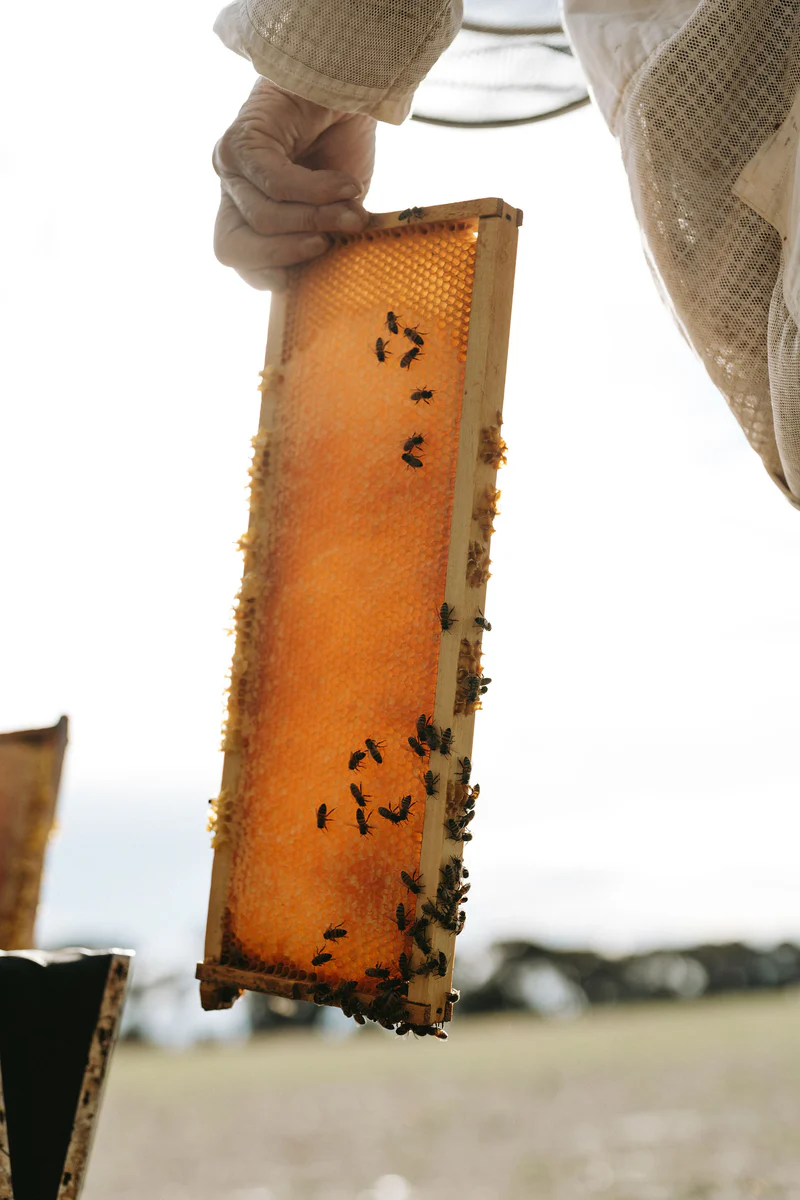
Ligurian bees, prized for their gentle nature and high honey production, are found only in Italy and on Kangaroo Island.
During my stay, I have many similarly intimate experiences, meeting owners and getting up-close tours of how things work. Kangaroo Island is a generous landmass, but small in population; there are only about 4,500 people spread across a little more than 4,400 square kilometres. One local told me that the island was so small that it lacks an abattoir, so all of the pigs and sheep raised there have to be sent to the mainland, a 45-minute ferry ride away, for butchering.
For a long time, wool was the primary business, but the crash in wool prices in the 1980s forced a diversification that has yielded much of the agricultural bounty visible today. A strong sense of community remains, as does a pride in making the most of the island’s natural riches.
Wildlife in Kangaroo Island is everywhere. On the way to lunch, we drive by flocks of black swans endemic to the island, and I scan the scrub brush alongside the winding single-lane highway in search of wallabies and echidnas. And I take in the spectacular scenery as we drive past eucalyptus forests and grassy savannahs, taking sharp turns that revealed plunging cliffs, white sand beaches and cresting deep blue waves.
I am already overwhelmed by the island’s beauty, but when we arrive at Sunset Food & Wine for a late lunch, I am astounded all over again. The small, open-air restaurant is perched on a hillside overlooking a beautiful bay on the island’s northeastern coast. I lingered over a superb array of highly local food and drink: a light rosé from one of the island’s small wineries; freshly baked sourdough with peppery wild olive oil; oysters with mignonette granita; King George whitefish with crisp asparagus; and soft gnocchi paired with crisp, deeply rich mushrooms. As I eat, birds flit around the bushes surrounding the patio. It’s the kind of view and food that makes you want to run away to an island paradise full of olive trees and Italian bees.
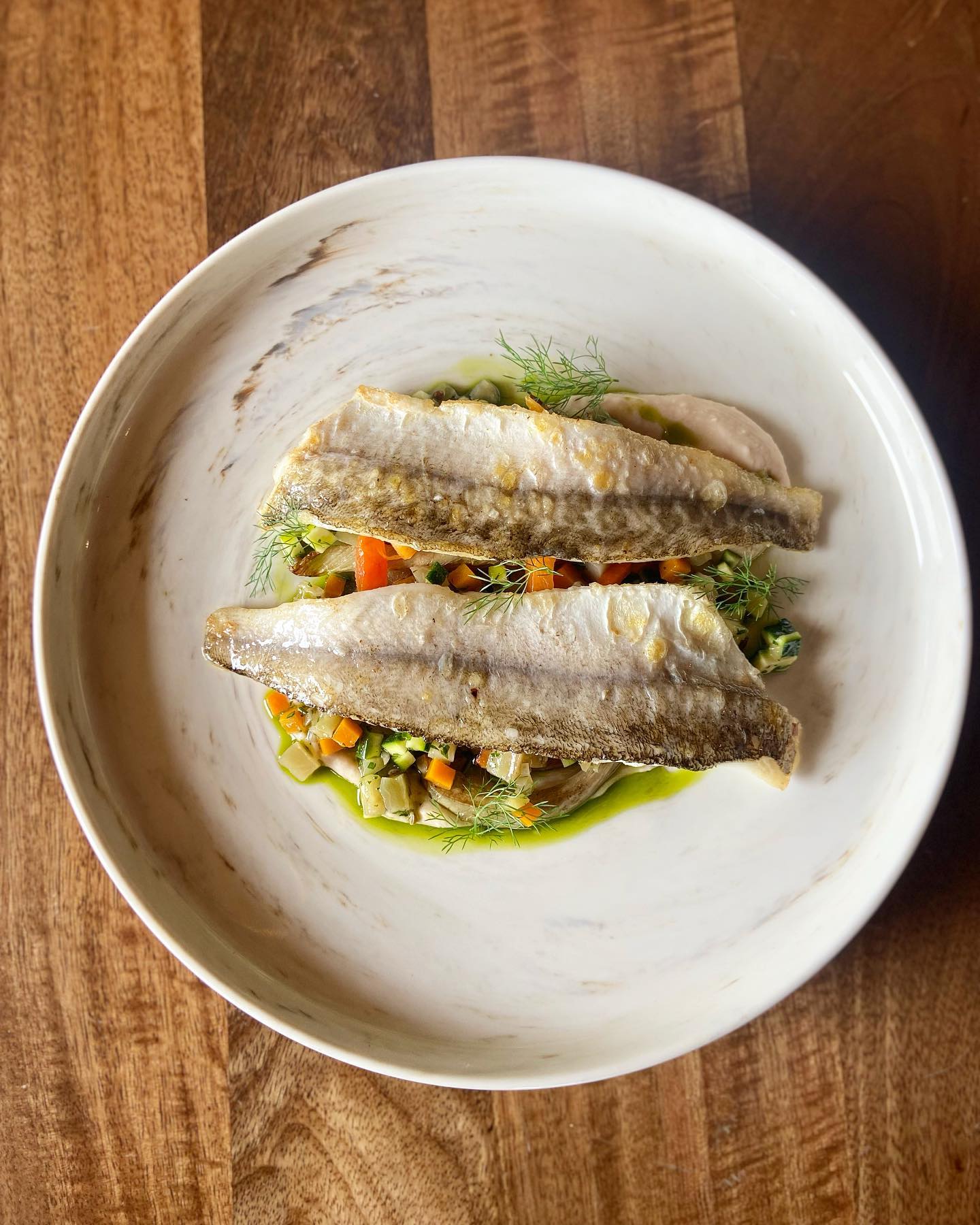
King George Whiting, braised fennel, while bean skordalia, Provençal’s salad
The next morning, I wake early and quickly drink a mug of coffee as I try to keep from being flooded with excitement. I am looking forward to seeing Flinders Chase National Park, a showcase of the island’s spectacular rugged coastline, and intrigued by the idea of visiting Remarkable Rocks, massive and weather-sculpted granite boulders jutting out of the ocean. But I am particularly eager to get to Seal Bay Conservation Park, home to more than 1,000 Australian sea lions.
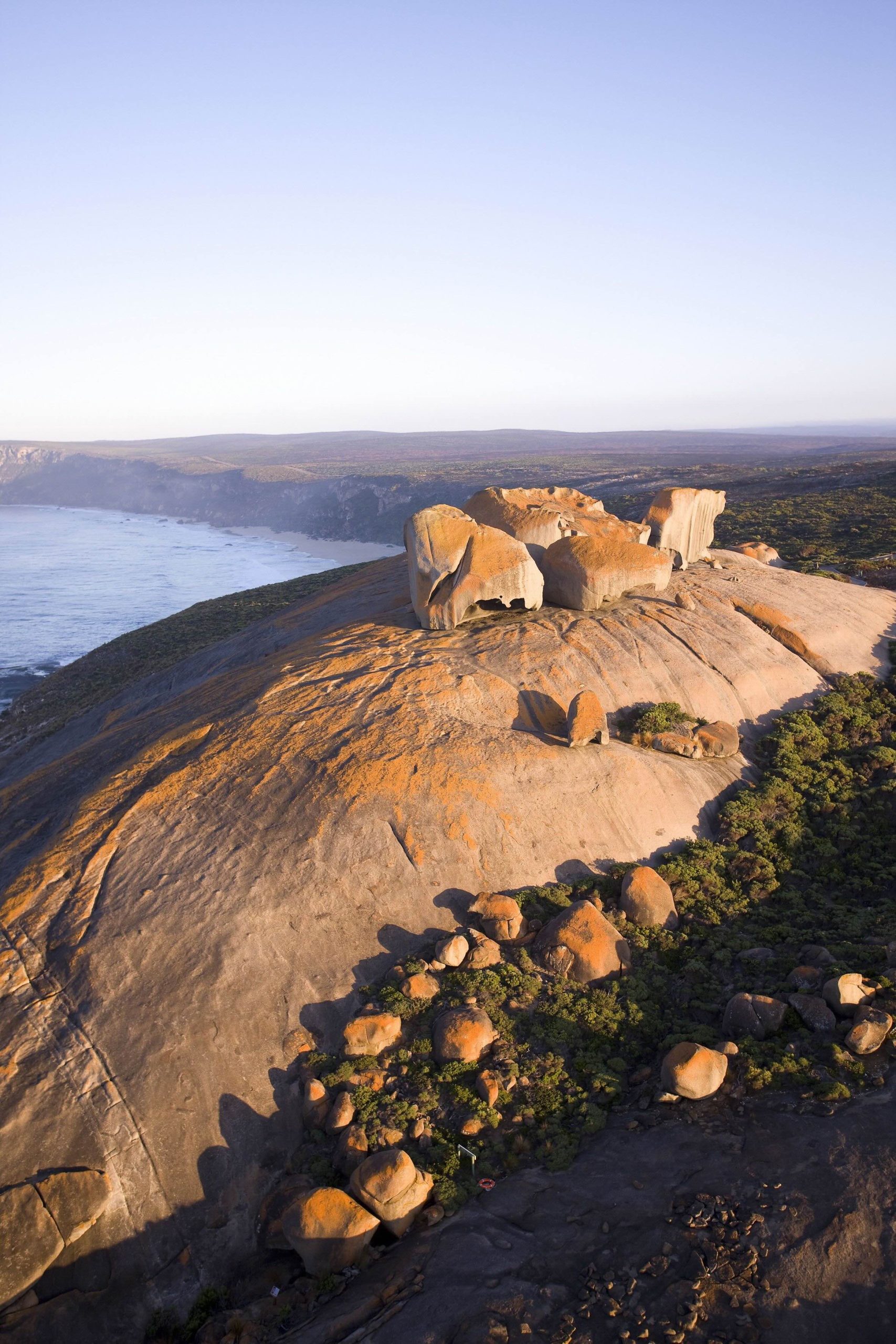
Once we arrive, I walk to the end of a long wooden boardwalk and the most amazing view comes into sight: A pristine white sand beach framed by plunging cliffs and populated by dozens of visible seals—including fluffy little pups, some as close as 10 feet from where I was standing—sunning themselves and frolicking in the bright blue surf. I ease myself onto the sand, mesmerized to the point of being near-frozen, and simply watch the scene slowly unfold.
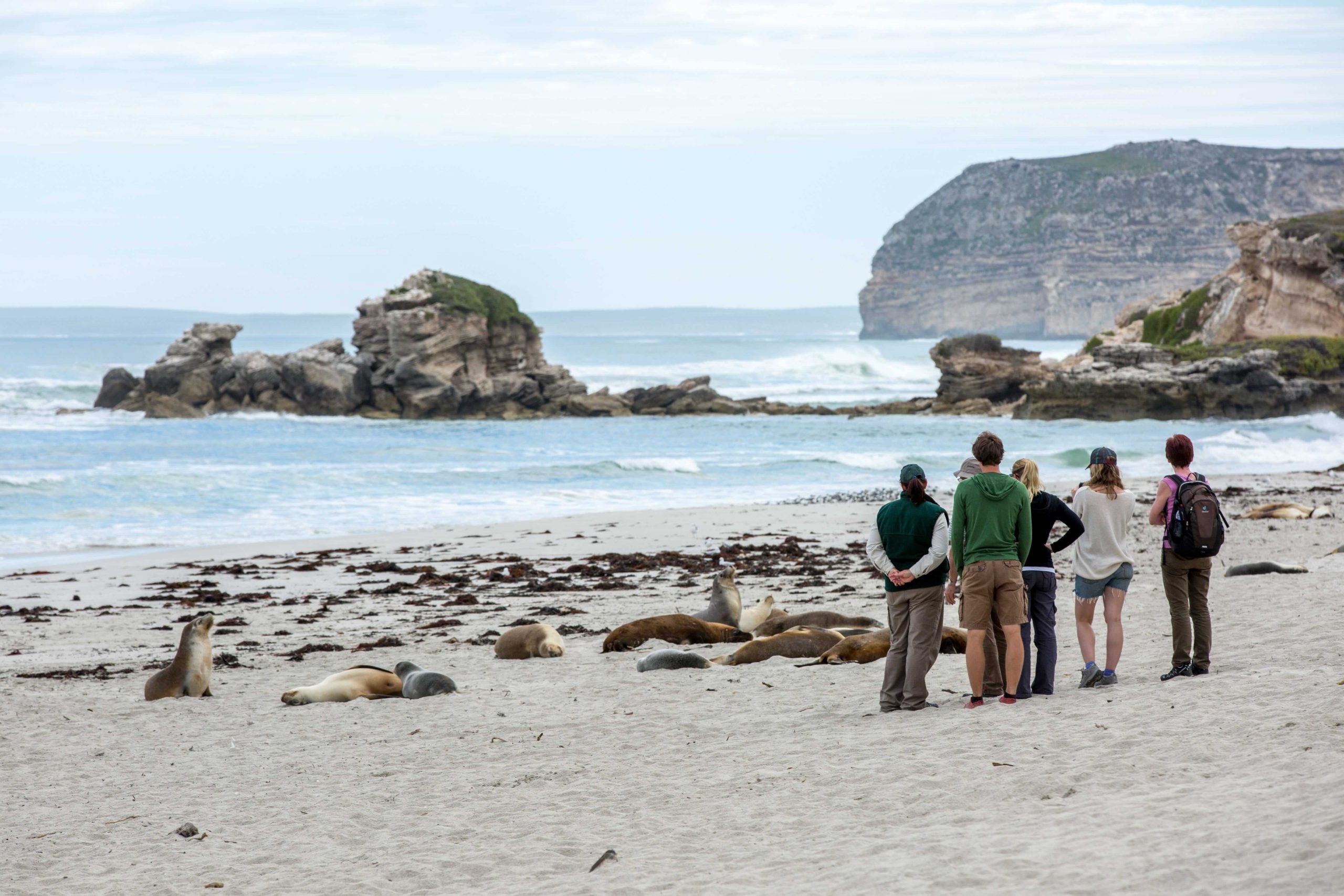
Seal Bay Conservation Park, on the south coast of Kangaroo Island, is home to a protected colony of Australian sea lions. Photo: Tourism Australia
But the tour isn’t over quite yet. We have lunch under a white canopy in the middle of the bush, where my guide grills potatoes and fresh-caught fish, and prepares a salad that he serves along with a perfectly crisp local white wine.
When we finish, there is yet another surprise in store: We drive further into the bush, eventually stopping in a clearing. My guide, the wide brim of his hat pulled low over his brow, opens the truck and pulls out a table, two chairs, a thermos, some homemade cookies and a starched white tablecloth.
And there we sit, eating biscuits and drinking tea in the shade, as kangaroos gradually materialize before my eyes: lying under nearby bushes, hopping past with tiny joeys crammed into their pouches and stopping to raise their charming little faces to the warm late afternoon sun. It’s both a magical moment and a perfectly fitting way to end my Kangaroo Island adventure—where sunshine and simple pleasures meet wild, untamed and often-unexpected delights.
Kangaroo Island Essentials
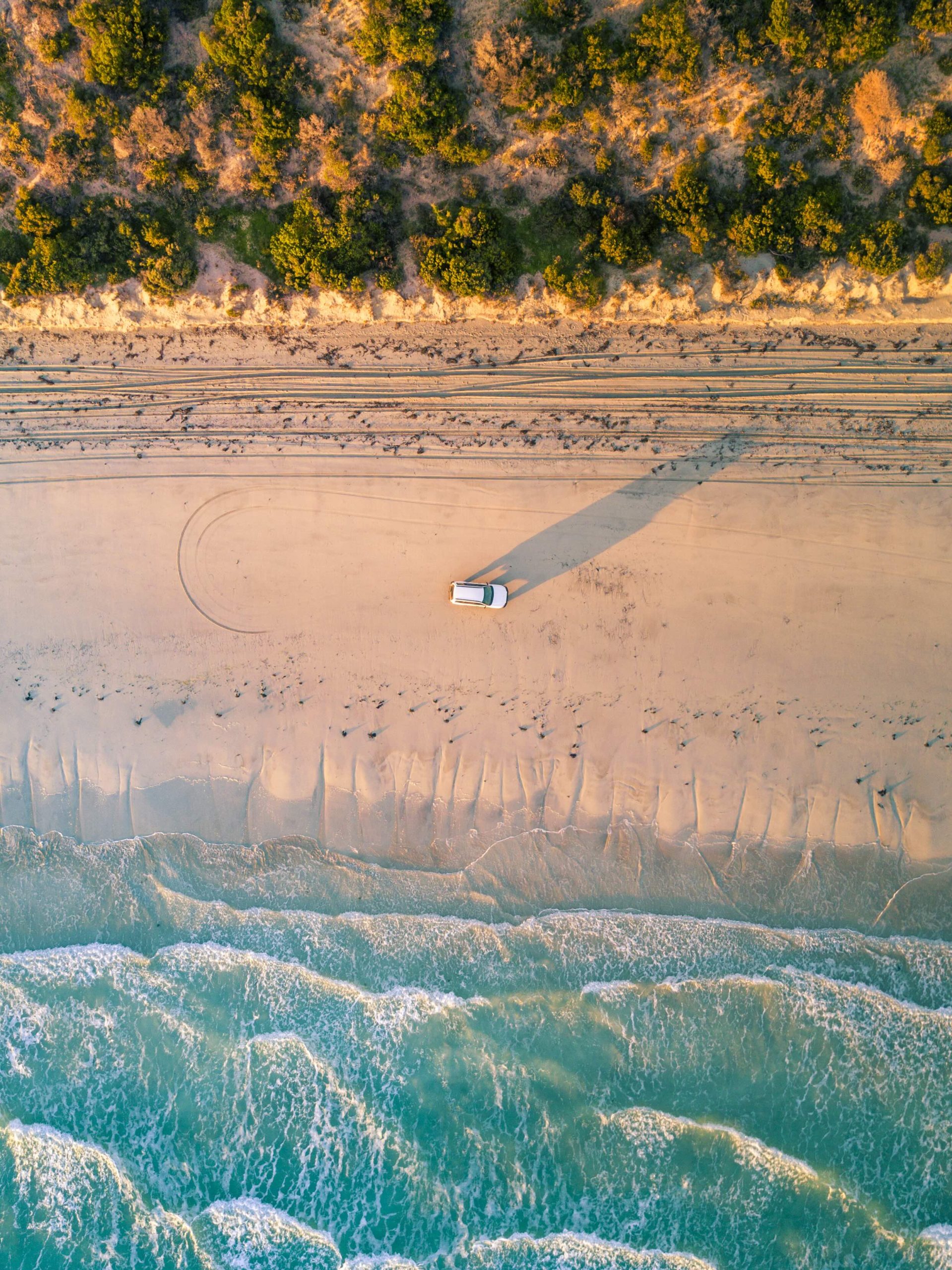
For those exploring the island, Emu Bay offers a picturesque stretch of beach perfect for spotting wildlife or enjoying a peaceful walk along the shore.
Getting There
There are flights to Kangaroo Island from Adelaide (very short), Melbourne, Sydney and Brisbane. A ferry connects the island to Cape Jervis, about an hour and a half drive outside Adelaide. rex.com.au
Stay
The ultra-luxe Southern Ocean Lodge offers secluded accommodations perched on the edge of a dramatic cliff. Top notch food and guided island excursions are often included. southernoceanlodge.com.au
Eat
Sunset Food & Wine is the ultimate gourmet experience on Kangaroo Island. Enjoy expertly prepared local produce like wild olive oil and fresh seafood while taking in a breathtaking view. sunsetfoodandwine.com.au
Do
Try one of the tours by Exceptional Kangaroo Island, who offer itineraries that run from food safaris to wilderness adventures. For a relaxing stroll or wildlife spotting, visit Emu Bay, a picturesque beach on the island’s north coast. exceptionalkangarooisland.com.au

